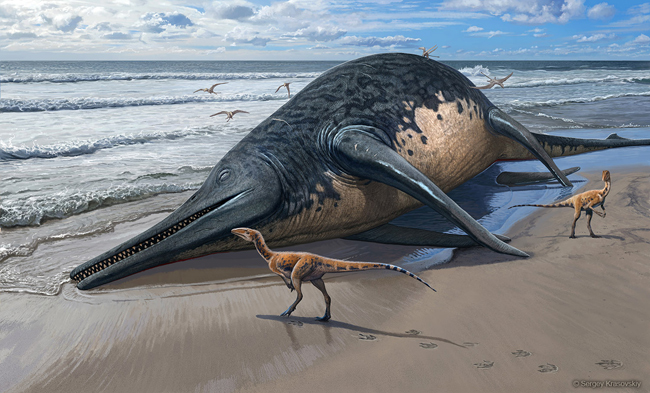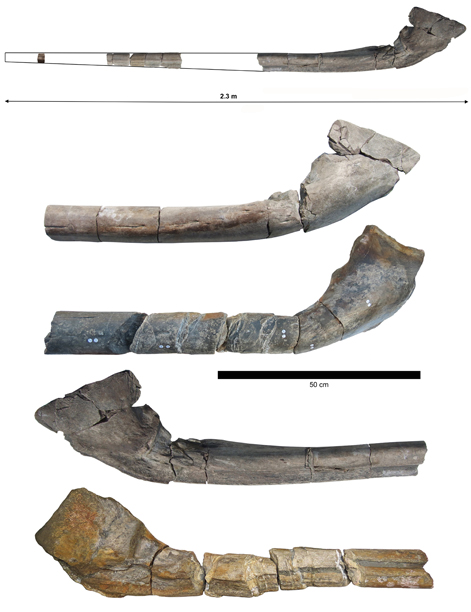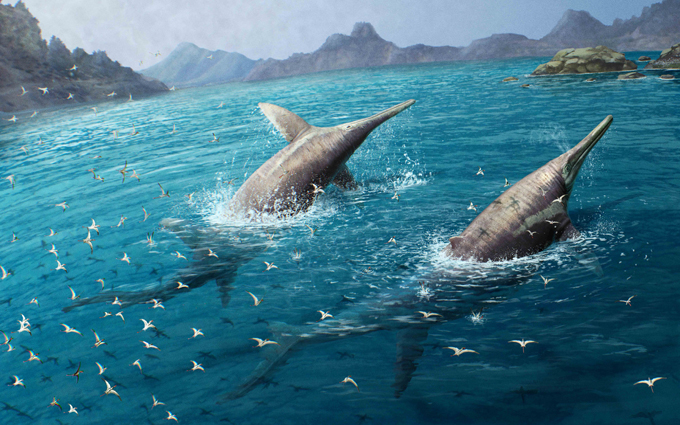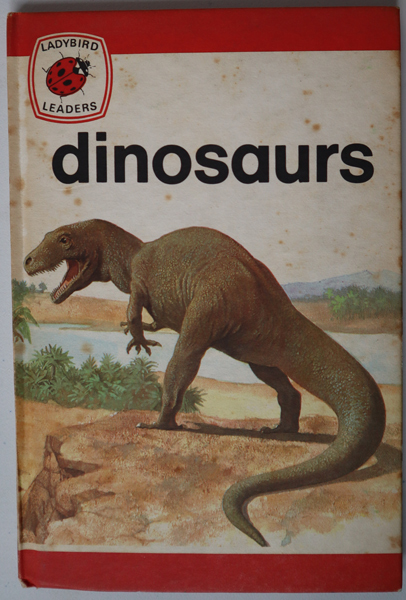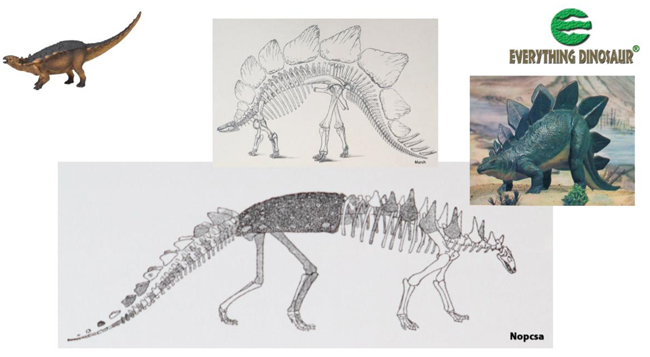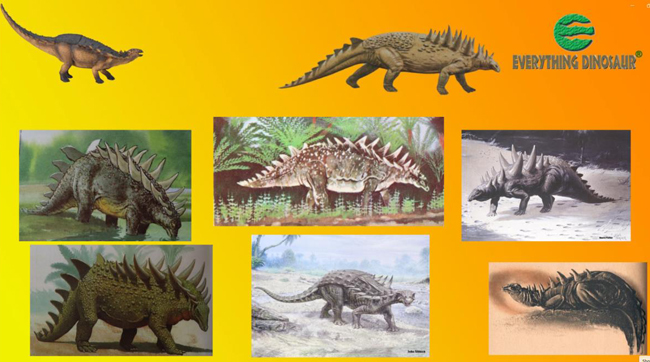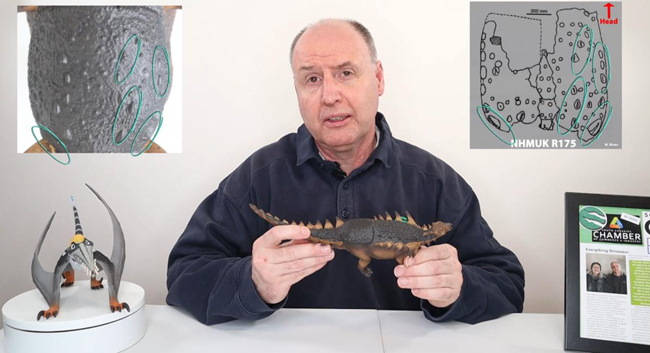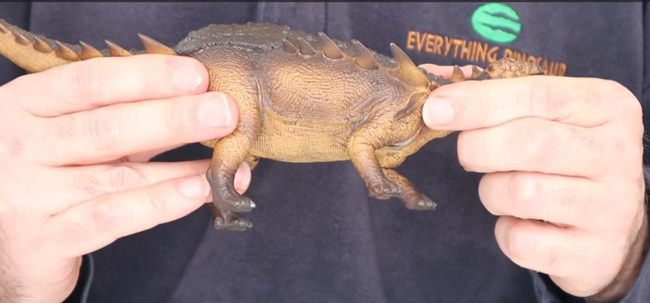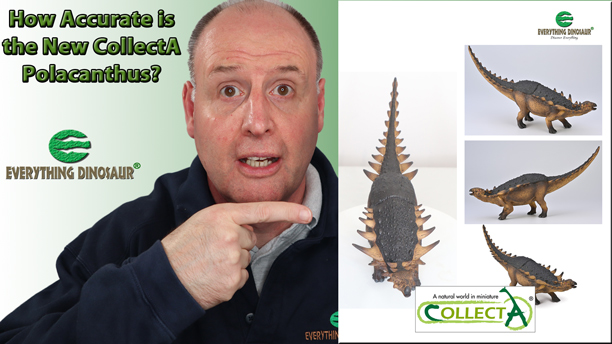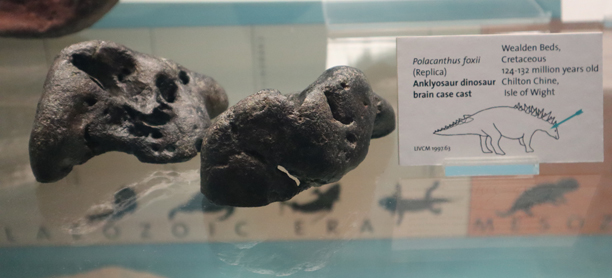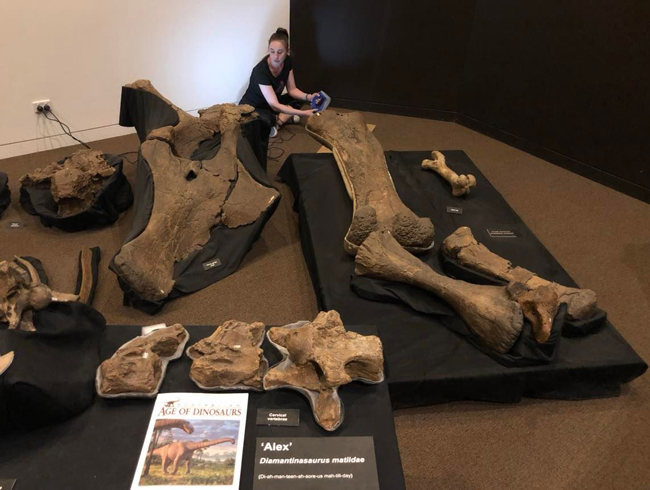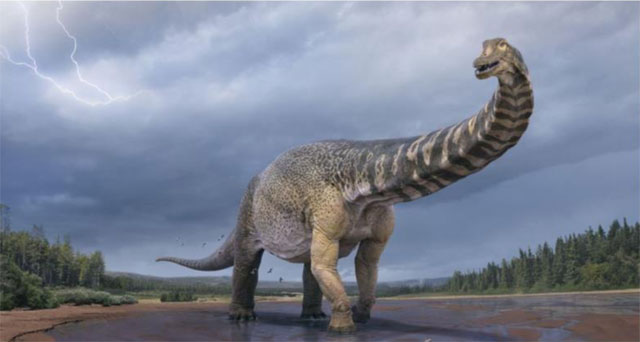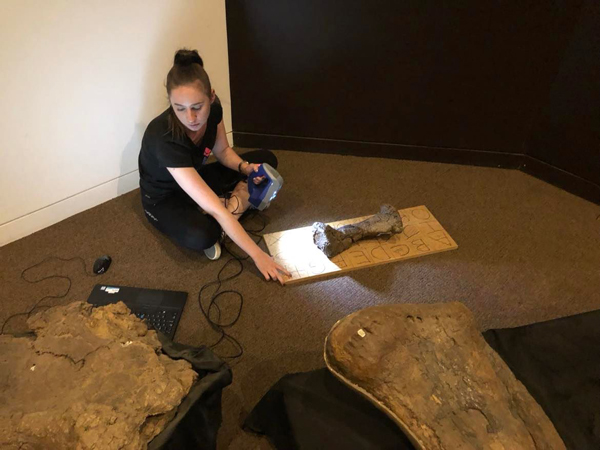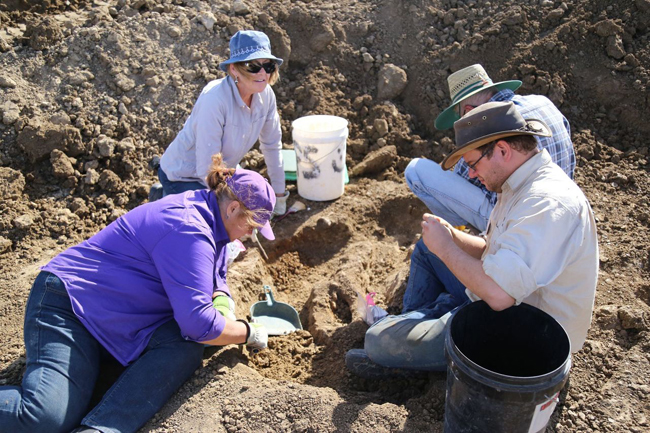Further Helpful Information About European Parcel Deliveries
The European customs network is continuing to experience software problems. This is leading to a delay in European parcel deliveries. Everything Dinosaur team members became aware of delays in the network on the 9th of April. We are continuing to monitor the situation on behalf of our European customers.
We apologise to all our affected customers for the delay in delivery. Please be assured your parcel is not lost but stuck in the European customs network and the parcel is unable to move until this problem has been resolved.
A statement was released by the company on the 13th April. We feel that it is important to be honest and transparent with our customers.
Read our earlier statement here: Information on European Parcel Deliveries.
Everything Dinosaur is registered for VAT in Ireland. We have continued to lobby the company responsible for our VAT payments (SimplyVAT), who in turn have been communicating with the Irish Tax and Customs Authority, with whom, it is believed the problem lies.
The Irish Tax and Customs Authority has released a statement. Everything Dinosaur was forwarded a copy this morning (18th April, 2024).

Statement from the Irish Tax Authority (Irish Tax and Customs) about the continuing difficulties with regards to validating IOSS numbers for customers including Everything Dinosaur. The statement, although brief does confirm that the ongoing difficulties are not the result of any actions undertaken by Everything Dinosaur. However, we continue to put pressure on SimplyVAT and the Irish Tax Authorities to resolve this issue. Picture credit: Everything Dinosaur.
Picture credit: Everything Dinosaur
Everything Dinosaur and IOSS (Import One Stop Shop)
According to information received by Everything Dinosaur, the difficulties in European deliveries have arisen as the unique IOSS number registered to companies is not being recognised by computer software at the Irish Tax and Customs Authority.
The Import One-Stop-Shop (IOSS) number was introduced in July 2021 to streamline international shipping and harmonise the declaring and payment of VAT.
Everything Dinosaur, like many UK companies wanted to keep trading in Europe and in order to do so applied and received a unique IOSS number. This permits us to pay the correct tax on all the prehistoric animal, dinosaur models and other items we sell in the EU. We pay a VAT monthly return. A criterion for membership of the IOSS scheme is that you have to be registered for VAT in an EU member country. Everything Dinosaur is registered for VAT in Ireland for this purpose.
With an IOSS number VAT payment is harmonised for UK and European companies and the amount of paperwork that is required is greatly reduced. This means that we can pack and despatch parcels to our European Union customers swiftly and offer them the convenience of Delivery Duty Paid (DDP).
Our customers have the assurance of a DDP parcel service with no hidden charges, extra taxes or courier company administration fees to pay.
The parcel delays are believed to relate to difficulties that have arisen following the installation of software updates by the Irish Tax and Customs Authority. This software is not recognising valid IOSS numbers. This is preventing parcels from moving through the European parcel network.
Team Members Seeking Answers
Whilst the software difficulties have nothing to do with Everything Dinosaur’s systems and processes. We have kept lobbying our VAT payment partner SimplyVAT in order to do our best to ensure a swift resolution. We want the current difficulties concerning European parcel deliveries to be resolved.
This morning, we received two statements from SimplyVAT about this issue. SimplyVAT has reiterated that they are not the source of the problem and we have enclosed both statements that we have received.

Statement from SimplyVAT, the company which manages Everything Dinosaur’s VAT compliance for ecommerce. This statement was received on the morning of the 18th April. Picture credit: Everything Dinosaur.
Picture credit: Everything Dinosaur
A few minutes later, we received a second statement from SimplyVAT. It provides a link to a brief statement from the Irish Tax and Customs Authority.

A second, follow-up statement from SimplyVAT received on the morning of 18th April confirming that a statement about the continuing issues in the European customs network had been issued by the Irish Tax Authority. Picture credit: Everything Dinosaur.
Picture credit: Everything Dinosaur
Reassuring Customers About European Parcel Deliveries
Whilst we stress, the delays in the European custom network have not been caused by Everything Dinosaur, we continue to do all we can to lobby those parties that can resolve this issue to act swiftly and to seek a rapid resolution.
We once again apologise to those customers who have been affected and we promise to continue to monitor the situation closely.
For further information and advice email Everything Dinosaur: Email Everything Dinosaur Team Members.


